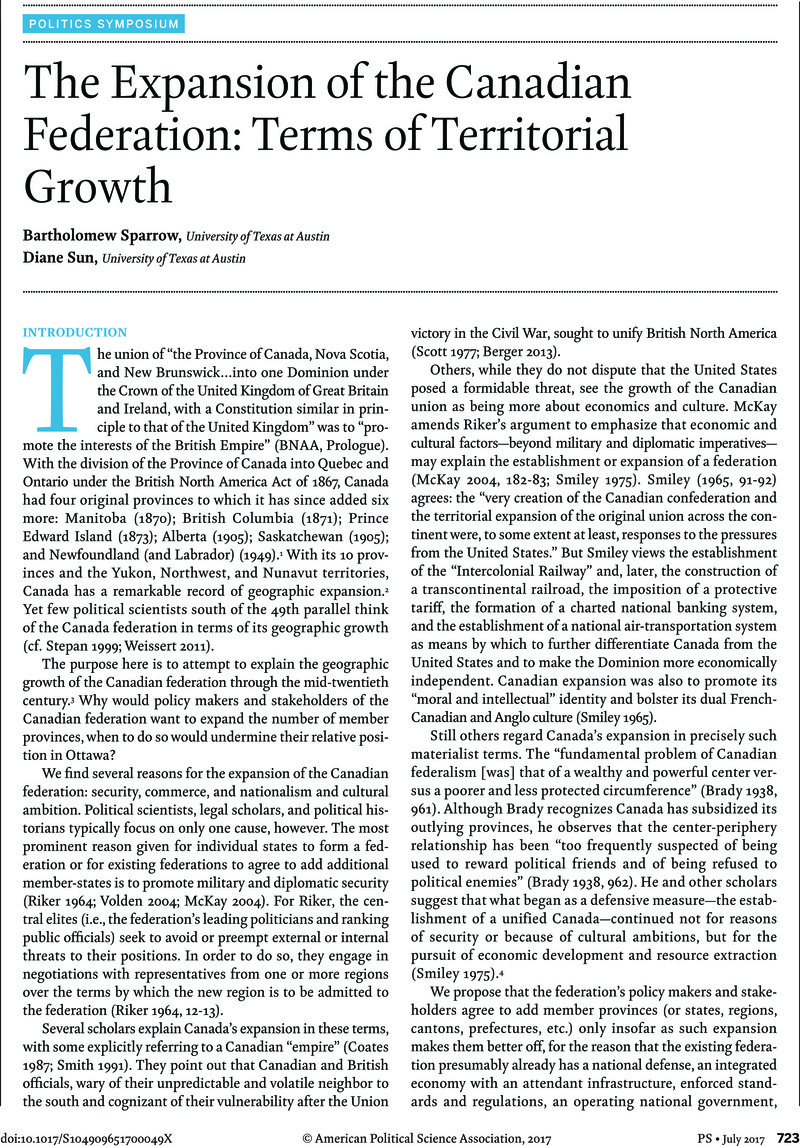Thomas, David Yancey.
2001 [1904].
A History of Military Government in Newly Acquired Territory of the United States. Studies in History, Economics and Public Law, Edited by the Faculty of Columbia University, Vol. XX No. 2. William S. Hein & Co.
Google Scholar 